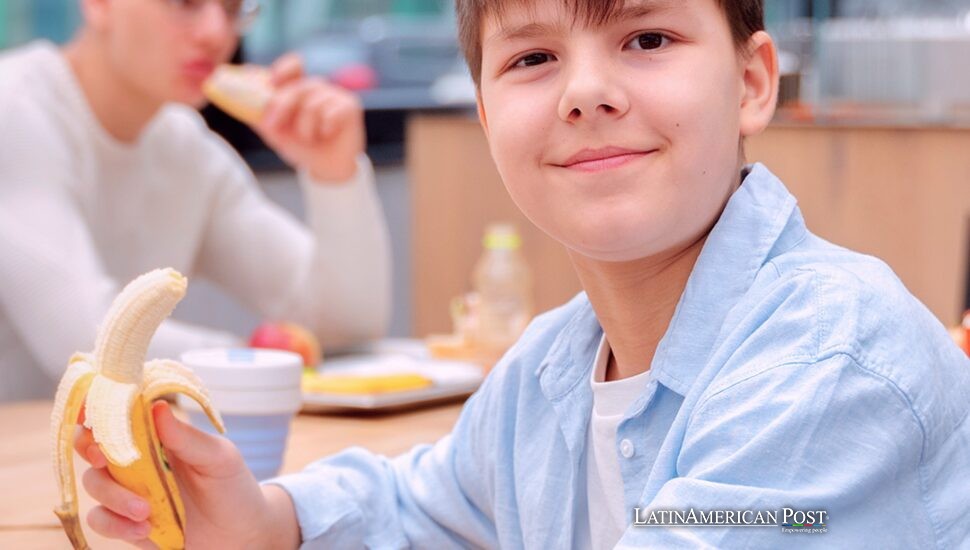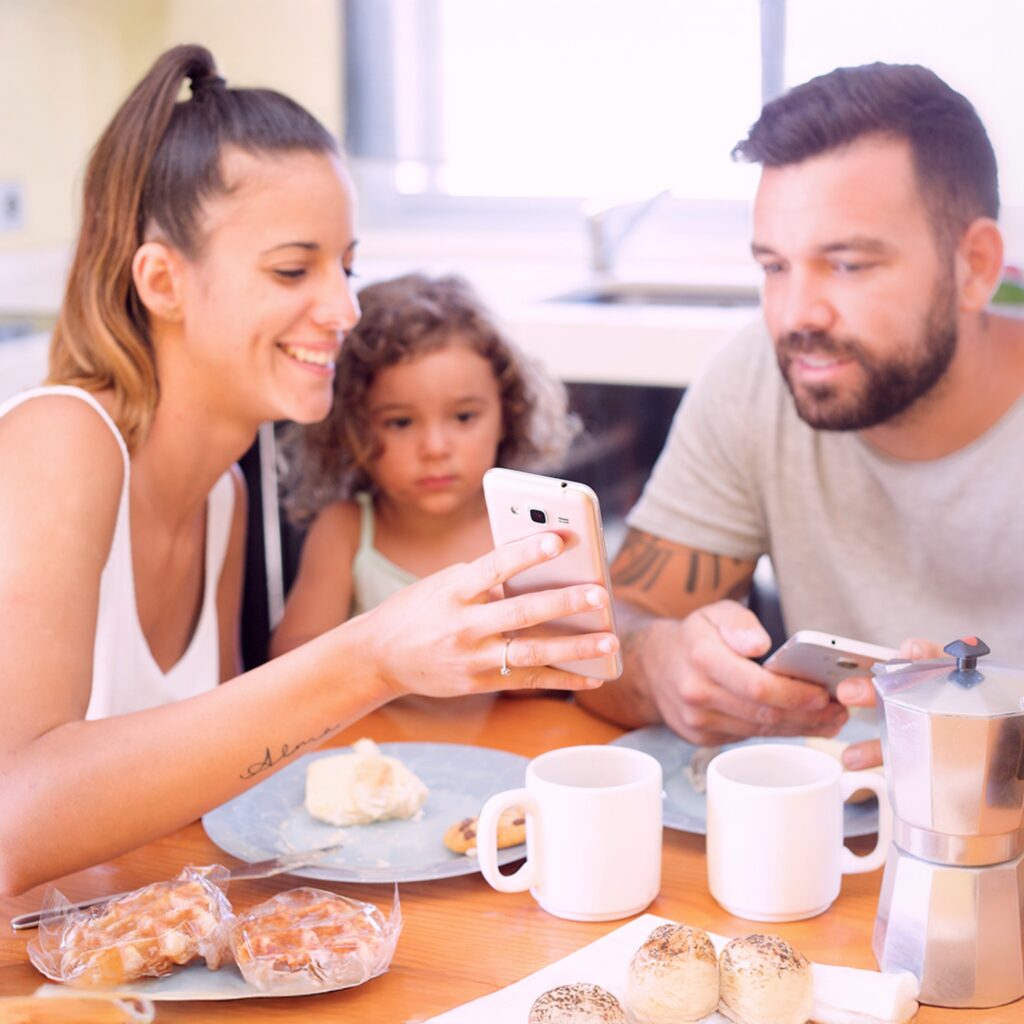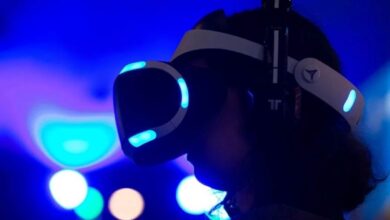Mexico’s Cafeteria Revolution: Inside the App That’s Rewriting School Lunch

In classrooms across Mexico, a quiet transformation is underway: children are eating fewer sweets and more fruit, not because of a national speech—but because an app sent the menu home, flagged the allergy, and made the better option easier.
From Ban to Blueprint
The March 2025 ban on ultraprocessed snacks and sugary drinks inside Mexican schools was more than a regulatory headline—it was a wake-up call. Cafeterias, long dominated by sodas, chips, and candies, were suddenly being asked to flip their menus and prove it. The regulation had bite, but little muscle. That’s where OrderEAT, a homegrown software platform, stepped in.
“We didn’t set out to replace snacks—we wanted to give schools the infrastructure to show parents and authorities they’re taking this seriously,” said Matías Craviotto, the company’s CEO, in an interview with Wired. With a soft dashboard tone and bright icons, OrderEAT makes cafeteria choices visible to all: administrators, kitchen staff, parents, and students. It’s not just tech; it’s transparency, baked into the lunch line.
The numbers speak for themselves. While enforcement of the ban remains patchy across the country, especially in public schools, OrderEAT is already live in over 200 mostly private campuses—and growing fast. And the results aren’t just checkboxes: there’s less sugar in juice, more color in plates, and a new kind of accountability in the hands of the people feeding Mexico’s children.
Data in the Lunchroom
What happens when you hand school kitchens a dashboard and let students—and their families—see what’s on it? You get a cafeteria that starts to think like a classroom. With OrderEAT, meals are planned, posted digitally, and prepaid online. Parents can see exactly what their child eats—every sandwich, every juice, every piece of fruit.
The shift is measurable. According to internal data shared with Wired, schools using the platform have seen a 94% jump in fruit consumption. Natural, unsweetened drinks are up by a third. Sweets are down 10%; processed foods dropped by nearly 20%. Cafeteria workers report shaving two to four hours off their daily prep time. Fewer coins at the counter. Fewer allergy scares. Fewer last-minute inventory scrambles.
OrderEAT’s value lies in the subtle way it rewires decision-making. When food is pre-ordered, kids are more likely to choose healthy items—they’re not reacting to impulse or peer pressure at the register. Staff can also batch-prepare meals more efficiently, reducing waste and error. “Compliance doesn’t have to be a burden,” Craviotto told Wired. “It can be an engine for trust.”
Parents in the Loop, Kitchens in Control
For parents, the app has turned the lunchbox into a conversation. No more guessing what their kid picked off the shelf. With each meal logged, they can spot patterns: too many sweetened yogurts, or a lack of vegetables. And when allergies are involved, that visibility becomes a shield.
At participating schools, OrderEAT’s system flags dietary restrictions in real time. If a child with a nut allergy walks up to the counter, cafeteria staff see a warning on their screen—and can intervene before the wrong tray hits the table. That kind of redundancy is rare in fast-paced school kitchens. In Mexico, where oversight varies and staff turnover is common, it’s potentially life-saving.
But the app isn’t doing all the work. Cafeteria culture is still local. Kitchens need to source better ingredients, find vendors who meet health guidelines, and make healthy food look good. What OrderEAT offers is a map—and the tools to follow it. And because kids are creatures of habit, the app’s structure helps build a new normal. Parents stop packing chips “just in case.” Cafeteria workers have the confidence to cook more from scratch. Teachers notice kids aren’t crashing at 2 P.M.
Scaling Healthy Habits
The platform isn’t a silver bullet. Most of its early adopters are private schools, where money, tech access, and parent involvement are more predictable. Public schools face a steeper climb: they often lack kitchens, trained staff, or the budget flexibility to overhaul supply chains. Many still rely on informal kiosks just outside the gate, where sodas and sweets flow freely. Enforcement, too, remains a work in progress.
Still, OrderEAT’s growth is promising. The company aims to reach 320 schools across 28 Mexican states by the end of the next academic cycle, and demand is coming not just from schools but from parent groups, NGOs, and regional health authorities eager to pilot a system that works.
What sets the model apart isn’t just tech. It tastes. Cafeterias using OrderEAT don’t preach—they adjust. They swap sodas for aguas frescas made from real fruit and no sugar. They plate yogurt with fruit, not syrup. They turn quesadillas into a teaching moment by using whole-grain tortillas, extra beans, and less cheese. It’s small, steady progress. And it’s showing up in the data—and the mirror.

IG@OrderEAT
Mexico’s Cafeteria Future
The March ban didn’t just outlaw bad habits; it challenged Mexico to build better ones. That’s a hard ask in a country where diet-related illness is endemic and food culture is as emotional as it is nutritional. But schools, more than any other institution, are where norms begin. They are where preferences are shaped, where food becomes memory, where health becomes habit.
OrderEAT, in this context, isn’t just an app. It’s a feedback loop. It tells parents what’s happening. It tells schools what’s working. It tells regulators where enforcement is needed. And most critically, it tells children—quietly, repeatedly—that good food is what you eat every day, not just what you reach for when no one’s looking.
If Mexico sticks to the path—and makes sure the tools to walk it reach every classroom, not just the privileged few—it could rewrite what school lunch means. Not a battleground over sugar, but a space where the next generation learns how to care for itself. Where fruit cups replace soda bottles. Where kitchen workers are trusted professionals. Where the tray is the first health lesson, not a break from it.
Also Read: Mexican Caribbean Turns Seaweed Crisis into Fuel, Building Panels, and Carbon Credits
In that vision, a cafeteria is no longer just a place to eat. It’s the front line of a better future—and in Mexico, that front line is starting to hold.




